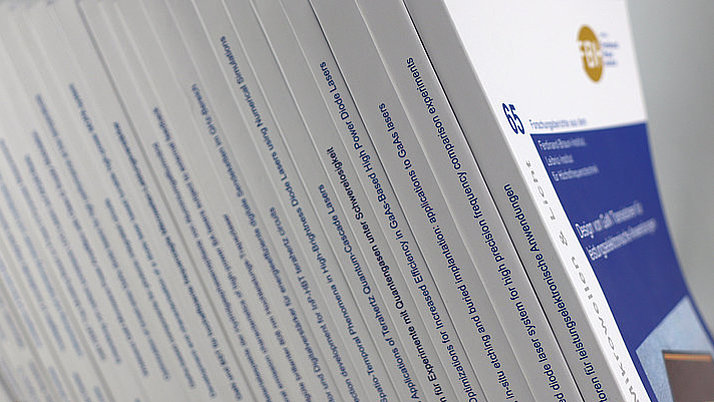Prototype of a compact rubidium-based optical frequency reference for operation on nanosatellites
A. Strangfeld1,2, S. Kanthak1,2, M. Schiemangk2, B. Wiegand1, A. Wicht2, A. Ling3,4, and M. Krutzik1,2
Published in:
J. Opt. Soc. Am. B, vol. 38, no. 6, pp. 1885-1891 (2021).
Abstract:
Space-borne optical frequency references based on spectroscopy of atomic vapors may serve as an integral part of compact optical atomic clocks, which can advance global navigation systems or can be utilized for earth observation missions as part of laser systems for cold atom gradiometers. Nanosatellites offer low launch costs, multiple deployment opportunities, and short payload development cycles, enabling rapid maturation of optical frequency references and underlying key technologies in space. Toward an in-orbit demonstration on such a platform, we have developed a CubeSat-compatible prototype of an optical frequency reference based on the D2 transition in rubidium. A frequency instability of 1.7×10-12 at 1 s averaging time is achieved. The optical module occupies a volume of 35 cm3, weighs 73 g, and consumes 780 mW of power.
1 Department of Physics, Humboldt-Universität zu Berlin, Newtonstr. 15, 12489 Berlin, Germany
2 Ferdinand-Braun-Institut gGmbH, Leibniz-Institut für Höchstfrequenztechnik, Gustav-Kirchhoff-Str. 4, 12489 Berlin, Germany
3 Centre for Quantum Technologies, National University of Singapore, Block S15, 3 Science Drive 2, Singapore 117542, Singapore
4 Department of Physics, National University of Singapore, Block S12, 2 Science Drive 3, Singapore 117542, Singapore
Topics:
Cold atoms, Diode lasers, Laser systems, Master oscillator power amplifiers, Optical components, Optical lattices
Copyright © 2021 Optical Society of America. Personal use of this material is permitted. However, permission to reprint/republish this material for advertising or promotional purposes or for creating new collective works for resale or redistribution to servers or lists, or to reuse any copyrighted component of this work in other works must be obtained from the OSA.
Full version in pdf-format.


